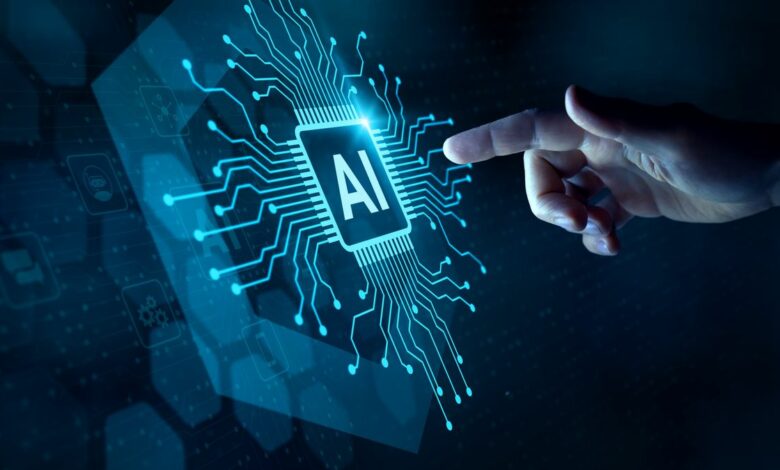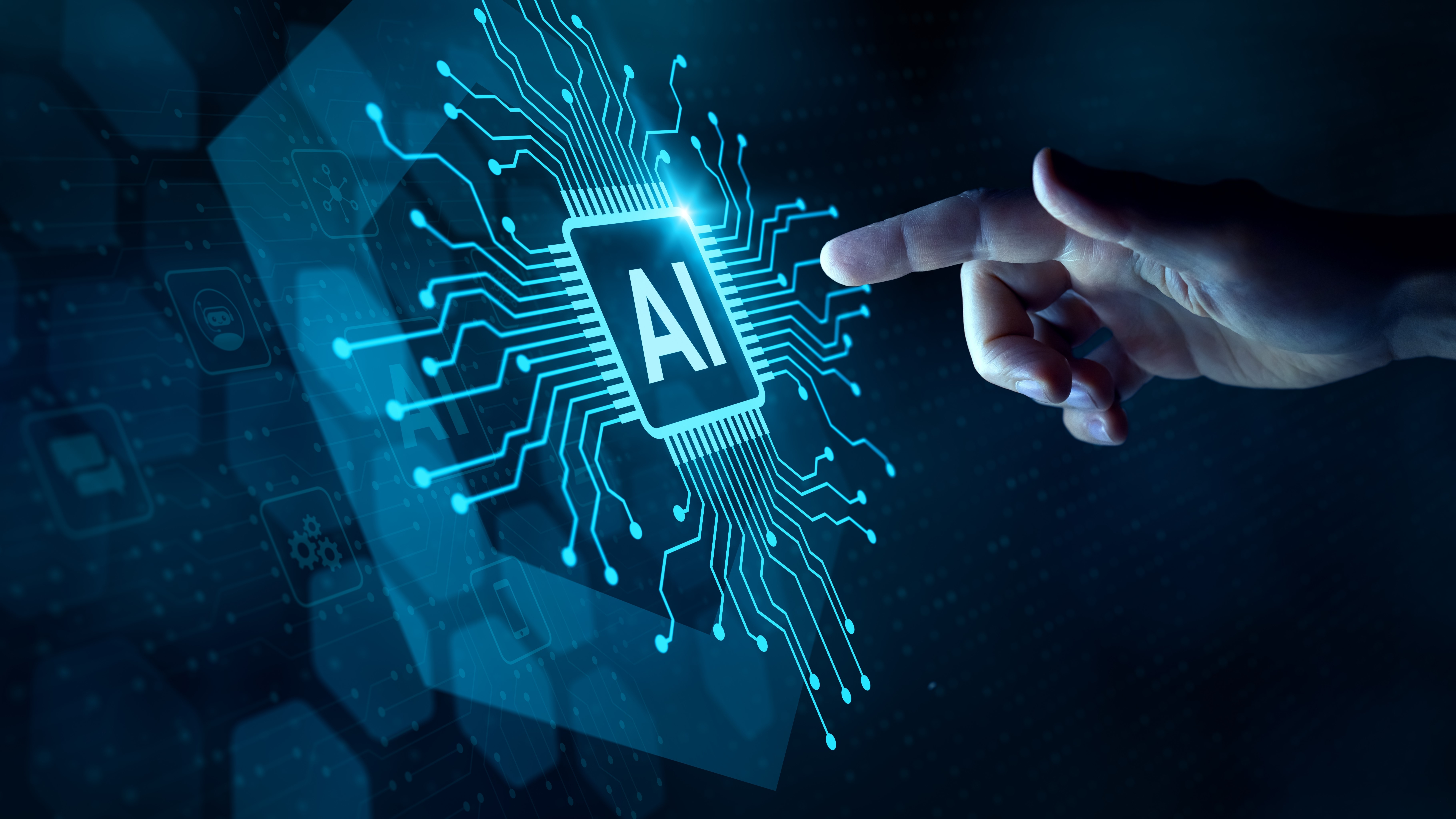From efficiency to innovation: a smart roadmap for AI implementation


Given the potential AI has to offer, it’s no wonder the world at large is hooked on it and companies are rushing to integrate it into networking strategy. According to McKinsey, 65% of organizations surveyed are already using GenAI regularly, which is almost double the percentage from their last AI survey conducted less than a year ago. However, prioritizing speed over strategy when adopting AI can lead to mistakes, including wasted resources, improper training, and potential network compatibility issues.
Companies must avoid the trap of adopting AI just for its novelty. A common mistake is to view AI as merely an addition to existing products or services. Instead, companies should focus on using AI tools to fundamentally improve their operations and the experiences they provide to customers and partners.
While companies might consider making entire models AI-driven, it is often more effective to start deploying AI with specific use cases in mind, ensuring faster value realization. Identifying specific applications where AI can have an impact ensures faster implementation and more immediate results. For example, deploying AI in network operations can lead to significant gains in problem detection, remediation, and overall efficiency and performance. By focusing on targeted applications rather than an overarching culture change, companies can realize the benefits of AI faster and with greater impact.
This concept is best illustrated by what we call the ARC framework, which provides a structured approach to implementing AI. This framework outlines three crucial phases in AI implementation: augmentation, replacement, and creation. Each phase represents a step toward maximizing ROI from AI, demonstrating a clear progression from basic improvements to innovative transformations that are easy for companies to follow wherever they are in their AI journey.
CTO EMEA at Extreme Networks.
Augmentation
The first phase, augmentation, involves improving existing capabilities with AI. This is where many companies start their AI journey. For example, AI can be used to improve IT operations (AIOps) by automating routine network monitoring tasks, including anomaly detection, remediation, and root cause analysis, increasing efficiency and reducing downtime.
By freeing IT staff from manual tasks, they regain time to focus on the more valuable aspects of their role. While augmentation can provide immediate benefits such as improved performance and reduced operational costs, relying solely on this phase can limit long-term ROI. Many organizations stagnate at this stage, leading to hesitation among boards about further AI investments.
Replacement
The second phase, replacement, involves AI taking over entire tasks previously performed by humans or legacy systems. This phase provides a more substantial boost to efficiency and cost savings. In customer service, for example, AI chatbots can replace human agents to handle routine queries, freeing up staff to deal with more complex issues. This phase not only increases productivity, but also prepares the organization for more substantial innovation.
By moving from augmentation to replacement, companies can demonstrate tangible improvements and build stakeholder confidence in the potential of AI. However, it should be noted that even replacement phase activities are best implemented and planned with the help of people. IT staff can still embrace this phase and see it as an overall opportunity to encourage automation and optimization within their department.
Creation
The third and most transformative phase is creation. This is where AI’s true potential is unlocked, as it goes beyond simply improving or replacing existing processes. It will be a catalyst for entirely new business models and revenue streams. Take sports stadiums as an example. Organizers can use AI to analyze real-time data about fan behavior and preferences, allowing them to personalize their customer experiences by recommending discounted items or merchandise based on previous purchases. Additionally, AI can identify lucrative sponsorship opportunities by analyzing fan demographics and engagement in real-time in specific applications or areas of the stadium.
This phase demonstrates the long-term ROI of AI and its role in supporting business growth. By creating new value propositions through AI, organizations can address the concerns of their company’s CFO about the cost-effectiveness of AI investments. The creation phase is an example of the ultimate goal of AI implementation: to foster innovation and propel businesses forward by creating entirely new capabilities.
Other considerations
The ARC framework provides a robust approach to integrating AI into business operations, but it is critical to recognize that its phases can occur simultaneously, not just sequentially. This flexibility allows companies to address different aspects of their operations simultaneously, creating a more dynamic and responsive implementation process. Unlike previous technological developments, generative AI is developing so quickly that all three phases of the ARC framework – augmentation, replacement and creation – often overlap and run in parallel. At every stage, human help and leadership are still essential.
To fully harness the power of AI, companies must reimagine every aspect of the user journey and lifecycle. This means we apply AI-driven insights and solutions every step of the way: from training and support to day-to-day operations. Every stage should be infused with AI to enhance and transform the overall experience.
An effective AI strategy must also be agnostic and leverage all available technologies, without being locked into a single one. This vendor flexibility allows organizations to adapt and integrate new developments as they arise, a necessity given the continued evolution of AI. Furthermore, ensuring seamless integration between all people and devices is critical. This extensive connectivity supports the deployment of AI across multiple touchpoints, increasing its effectiveness and reach.
Conclusion
AI is more than just a technological upgrade; it is a transformative force that can redefine entire business experiences. For CIOs and business leaders, adopting AI requires a fundamental change in the way interactions with customers, partners and suppliers are imagined. Rather than seeing AI as a simple improvement, it should be central to business design and architecture. This approach can reshape experiences, processes, organizational structures and business models.
While GenAI occupies much of the spotlight, its real potential lies in developing comprehensive AI ecosystems that integrate multiple technologies with existing infrastructures, driving productivity and innovation. Rather than succumbing to FOMO and rushing to AI adoption, companies should adopt a focused, case-driven strategy, guided by the ARC framework, to maximize ROI. This ensures that AI becomes an integral, long-term part of the business, delivering tangible benefits, justifying investments for stakeholders and driving continued support for future AI initiatives.
We have listed the best cloud log management service.
This article was produced as part of TechRadarPro’s Expert Insights channel, where we profile the best and brightest minds in today’s technology industry. The views expressed here are those of the author and are not necessarily those of TechRadarPro or Future plc. If you are interested in contributing, you can read more here:




